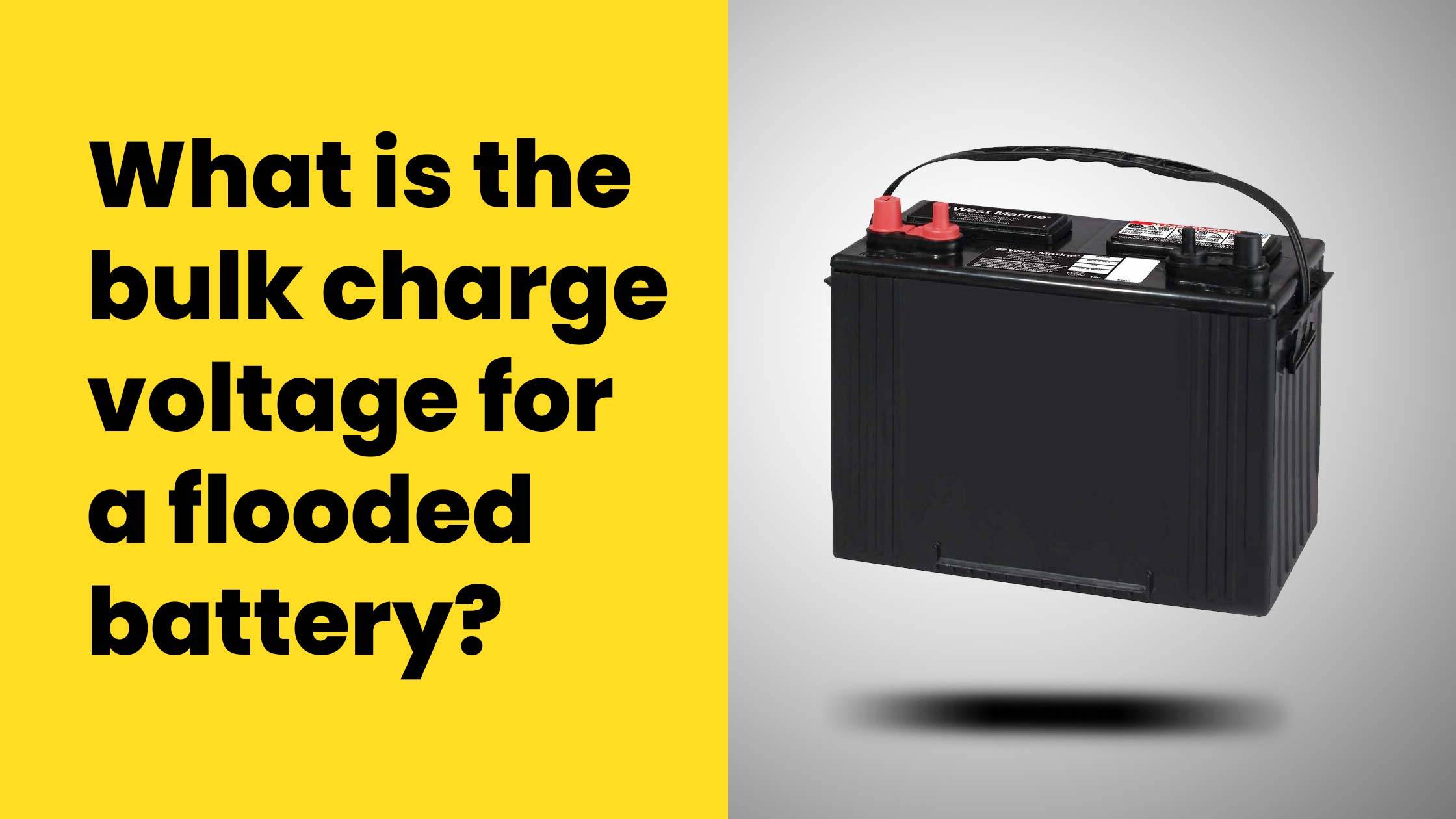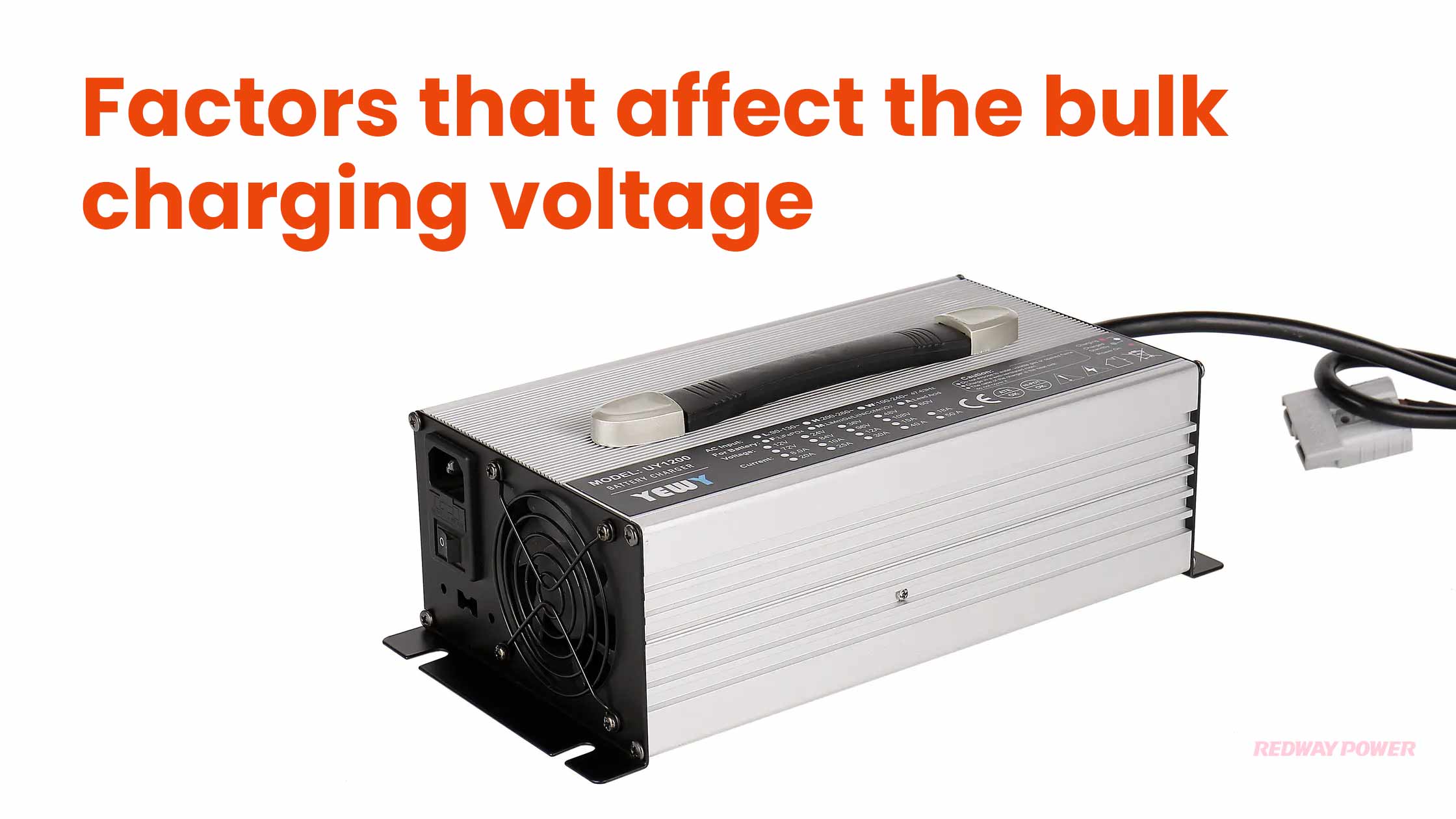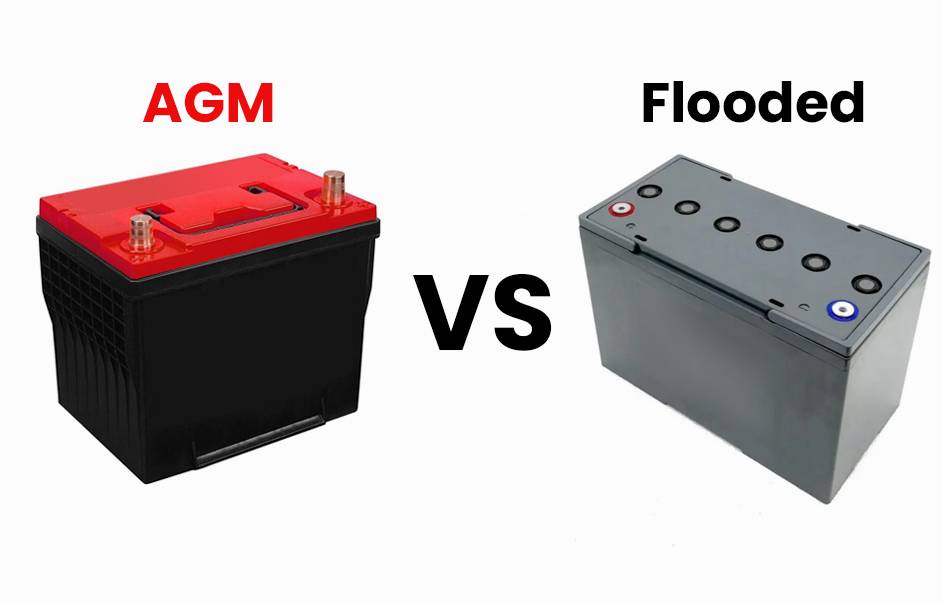- Lithium Golf Cart Battery
- Forklift Lithium Battery
-
48V
- 48V 210Ah
- 48V 300Ah
- 48V 420Ah (949 x 349 x 569 mm)
- 48V 420Ah (950 x 421 x 450 mm)
- 48V 456Ah
- 48V 460Ah (830 x 630 x 590 mm)
- 48V 460Ah (950 x 421 x 450 mm)
- 48V 460Ah (800 x 630 x 600 mm)
- 48V 460Ah (820 x 660 x 470 mm)
- 48V 500Ah
- 48V 560Ah (810 x 630 x 600 mm)
- 48V 560Ah (950 x 592 x 450 mm)
- 48V 600Ah
- 48V 630Ah
-
48V
- 12V Lithium Battery
12V 150Ah Lithium RV Battery
Bluetooth App | BCI Group 31
LiFePO4 Lithium
Discharge Temperature -20°C ~ 65°C
Fast Charger 14.6V 50A
Solar MPPT Charging - 24V Lithium Battery
- 36V Lithium Battery
- 48V Lithium Battery
-
48V LiFePO4 Battery
- 48V 50Ah
- 48V 50Ah (for Golf Carts)
- 48V 60Ah (8D)
- 48V 100Ah (8D)
- 48V 100Ah
- 48V 100Ah (Discharge 100A for Golf Carts)
- 48V 100Ah (Discharge 150A for Golf Carts)
- 48V 100Ah (Discharge 200A for Golf Carts)
- 48V 150Ah (for Golf Carts)
- 48V 160Ah (Discharge 100A for Golf Carts)
- 48V 160Ah (Discharge 160A for Golf Carts)
-
48V LiFePO4 Battery
- 60V Lithium Battery
-
60V LiFePO4 Battery
- 60V 20Ah
- 60V 30Ah
- 60V 50Ah
- 60V 50Ah (Small Size / Side Terminal)
- 60V 100Ah (for Electric Motocycle, Electric Scooter, LSV, AGV)
- 60V 100Ah (for Forklift, AGV, Electric Scooter, Sweeper)
- 60V 150Ah (E-Motocycle / E-Scooter / E-Tricycle / Tour LSV)
- 60V 200Ah (for Forklift, AGV, Electric Scooter, Sweeper)
-
60V LiFePO4 Battery
- 72V~96V Lithium Battery
- Rack-mounted Lithium Battery
- E-Bike Battery
- All-in-One Home-ESS
- Wall-mount Battery ESS
-
Home-ESS Lithium Battery PowerWall
- 24V 100Ah 2.4kWh PW24100-S PowerWall
- 48V 50Ah 2.4kWh PW4850-S PowerWall
- 48V 50Ah 2.56kWh PW5150-S PowerWall
- 48V 100Ah 5.12kWh PW51100-F PowerWall (IP65)
- 48V 100Ah 5.12kWh PW51100-S PowerWall
- 48V 100Ah 5.12kWh PW51100-H PowerWall
- 48V 200Ah 10kWh PW51200-H PowerWall
- 48V 300Ah 15kWh PW51300-H PowerWall
PowerWall 51.2V 100Ah LiFePO4 Lithium Battery
Highly popular in Asia and Eastern Europe.
CE Certification | Home-ESS -
Home-ESS Lithium Battery PowerWall
- Portable Power Stations
What is the bulk charging voltage for a flooded battery?

The bulk charge voltage, crucial for flooded lead-acid batteries, usually sits at 14.2 volts for a 12V battery. It jump-starts efficient charging processes. Remember, understanding bulk charging ensures your battery stays charged and ready for your next adventure!
Understanding the optimal voltage for flooded batteries
The bulk charge voltage, crucial for flooded lead-acid batteries, usually sits at 14.2 volts for a 12V battery. It jump-starts efficient charging processes.
- The recommended float voltage for most flooded lead-acid batteries is 2.25V to 2.27V per cell.
- Adjust this voltage based on temperature and battery state of charge (SoC) to maintain efficient charging and extend battery life.
Remember, the right voltage keeps your batteries charged and ready!
Factors that affect the bulk charging voltage
Let’s explore the critical voltage that gets your flooded battery ready for action.
- Bulk Charge Basics:
- Voltage Kickstart: When you plug in your charger, it delivers an initial high voltage—around 14.2V for a 12V battery.
- Why It Matters: This voltage wakes up the battery, initiating chemical reactions that recharge it.
- Smart Charging Insights:
- Multi-Stage Chargers: Modern chargers adjust voltage during different charging phases.
- Avoid Overcharging: Once the battery reaches full charge, the charger switches to a lower voltage to prevent overcharging.
- Battery Longevity: Proper bulk charging extends battery life.
Remember, a well-charged battery is a reliable companion!

Benefits of charging at the correct voltage
How to determine the right bulk charging voltage for your battery
Common mistakes when charging flooded batteries
While understanding the correct voltage for bulk charging is crucial, it is equally important to be aware of common mistakes that can occur when charging flooded batteries. By avoiding these errors, you can ensure optimal battery performance and longevity.
1. Overcharging: One of the most common mistakes is overcharging a flooded battery by applying too high of a voltage for an extended period. This can lead to excessive gassing, electrolyte loss, and potential damage to the battery plates.
2. Undercharging: On the flip side, undercharging a flooded battery means not providing enough voltage during the bulk charging phase. This results in insufficient energy storage capacity and reduces overall battery performance.
3. Incorrect charging algorithms: Using incorrect or outdated charging algorithms can also impact the bulk charging process for flooded batteries. It’s essential to follow manufacturer guidelines or consult with experts who are knowledgeable about your specific batter













